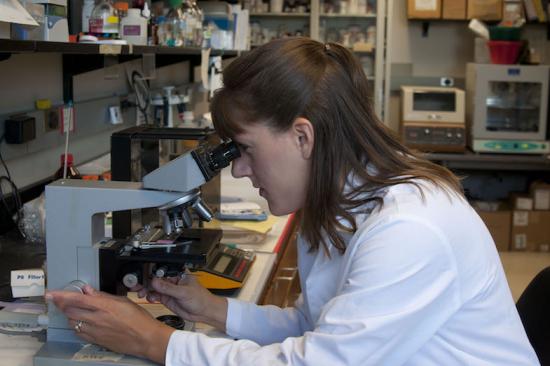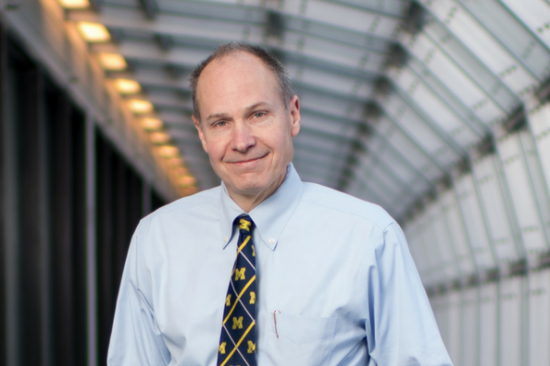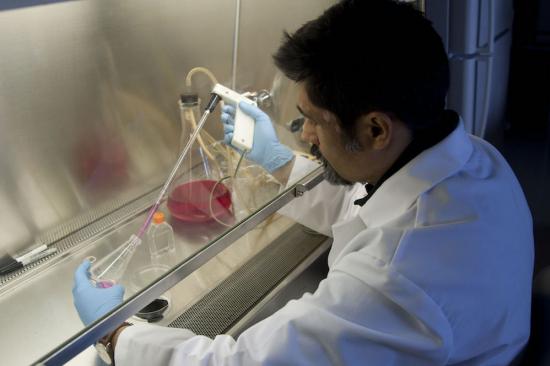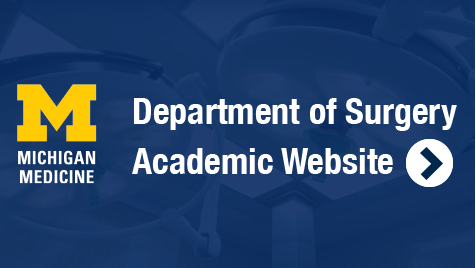Work of our colleagues in the Jobst Vascular Research Laboratories has confirmed that thrombogenesis is an inflammatory process, mediated by leukocytes. Our early work looked at the cytokines involved early on in this process, signaling leukocytes to the site of a clot. In particular, we described the role of three of these signaling molecules in a mouse model, CXCR2, CCR2 and, more recently, CCR7.
We have looked at the role of other immune cells, including neutrophils and monocytes/macrophages, and found that, like many processes in biology, these cells serve dual purposes and — importantly — are time-dependent. For example, depleting monocytes/macrophages in a mouse model led to larger clots at a midterm point in time but, at later points, to less vein wall injury. We have shown the prohealing monocyte/macrophage is important for both vein wall healing as well as thrombus resolution.
Related work in a rat model found that depleting neutrophils led to larger clots, and more fibrosis, furthering our understanding of the role these cells play in early DVT resolution.
Since hospitalized and recently released patients have a significantly heightened risk of DVT, even with preventive anticoagulation therapy, we work with our Jobst Laboratory colleagues to identify the mechanisms of thrombogenesis in a mouse model of sepsis, or systemic infection. Studies in our animal models has found that clots are larger in the setting of sepsis, likely due to two processes: the release of ICAM-1 (intercellular adhesion molecule 1) and release of TLR 4 (toll-like receptor 4).
In related work in our models, we found that remote infection, such as pneumonia, led to larger clots and increased expression of certain cell adhesion molecules, including ICAM-1. If we could selectively inhibit these molecules in our patients with similar infections, we might be able to prevent them from developing DVT.
We have elucidated the role of other mediators of the fibrotic process that occurs following VT including:
- PAI-1 (plasmin activator inhibitor 1): Inhibiting PAI-1 leads to smaller clots but greater fibrosis in the vein wall.
- Metalloroteinase-2 and 9 (MMP): Our work identified the time-dependent nature of MMPs with respect to vessel wall scarring and their beneficial role in VT resolution. Inhibiting MMPs after a clot begins to break down might lessen post-thrombotic injury without impeding resolution of the clot itself.
- TLR4 and TLR9: These cellular innate immune receptors may be involved with sepsis driven VT, as well as important in clearance of thrombus breakdown products. For example, TLR9 agonists drive thrombus resolution.
- Interleukin 6 (IL-6): We and others have identified IL-6 signaling as important to inflammation of the vein wall and scarring. Models with depleted IL-6 cytokines showed less inflammation and fibrosis, suggesting a potential new therapeutic target for PTS.





